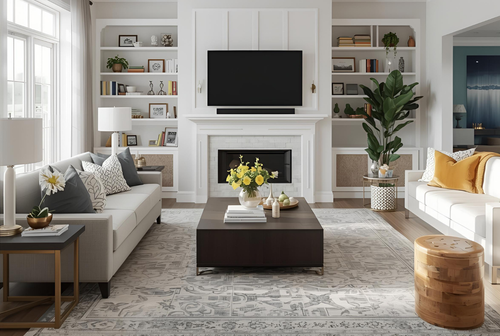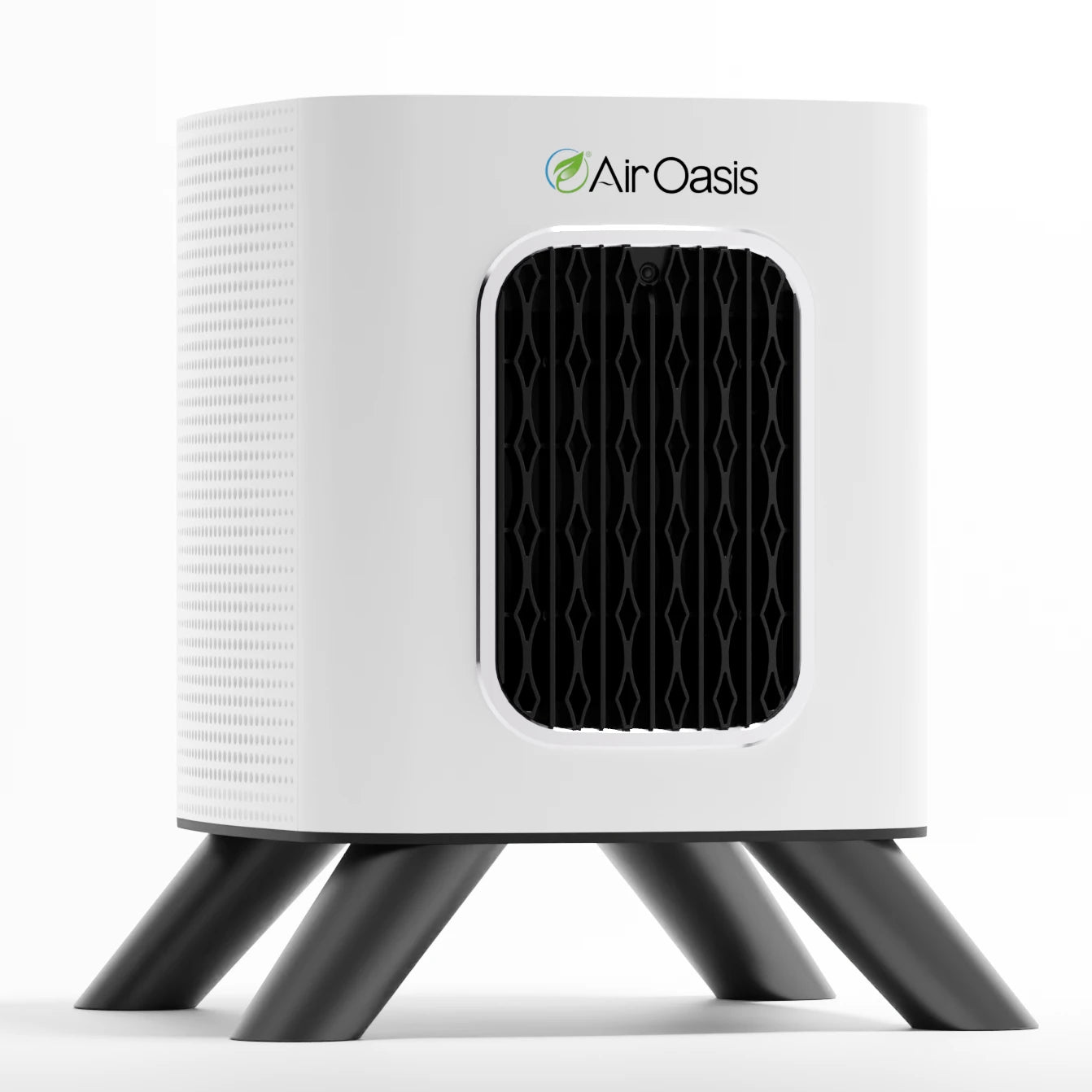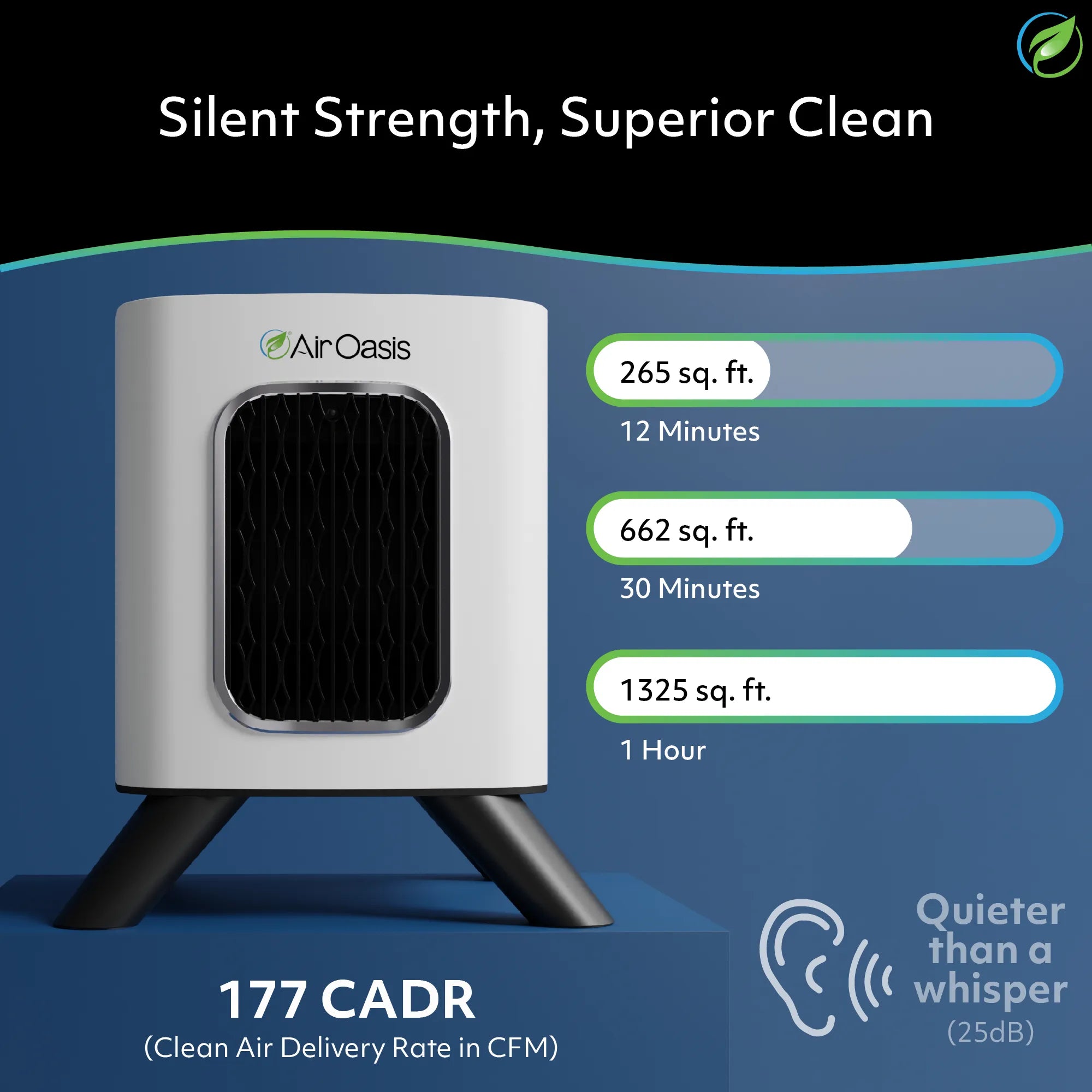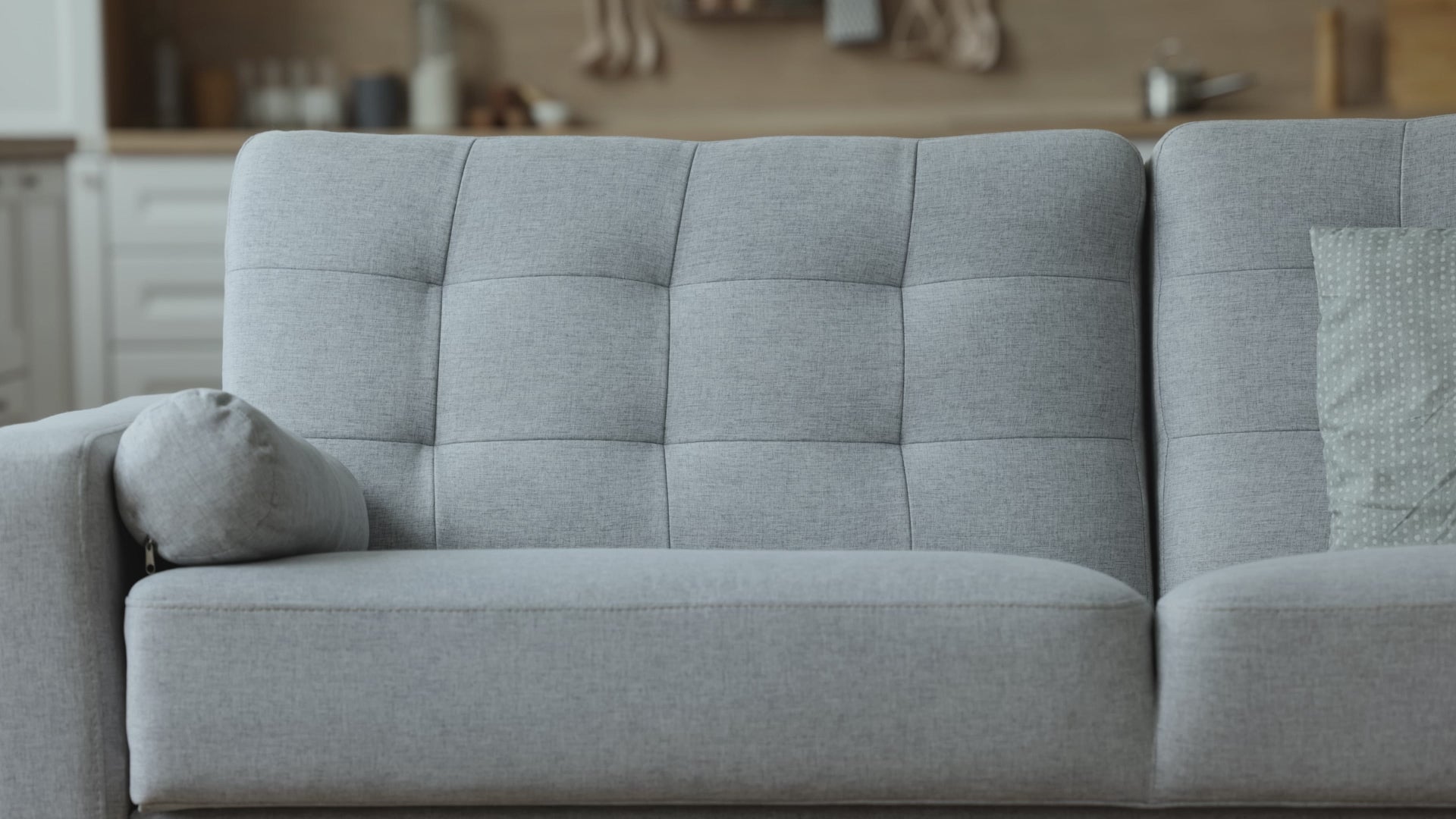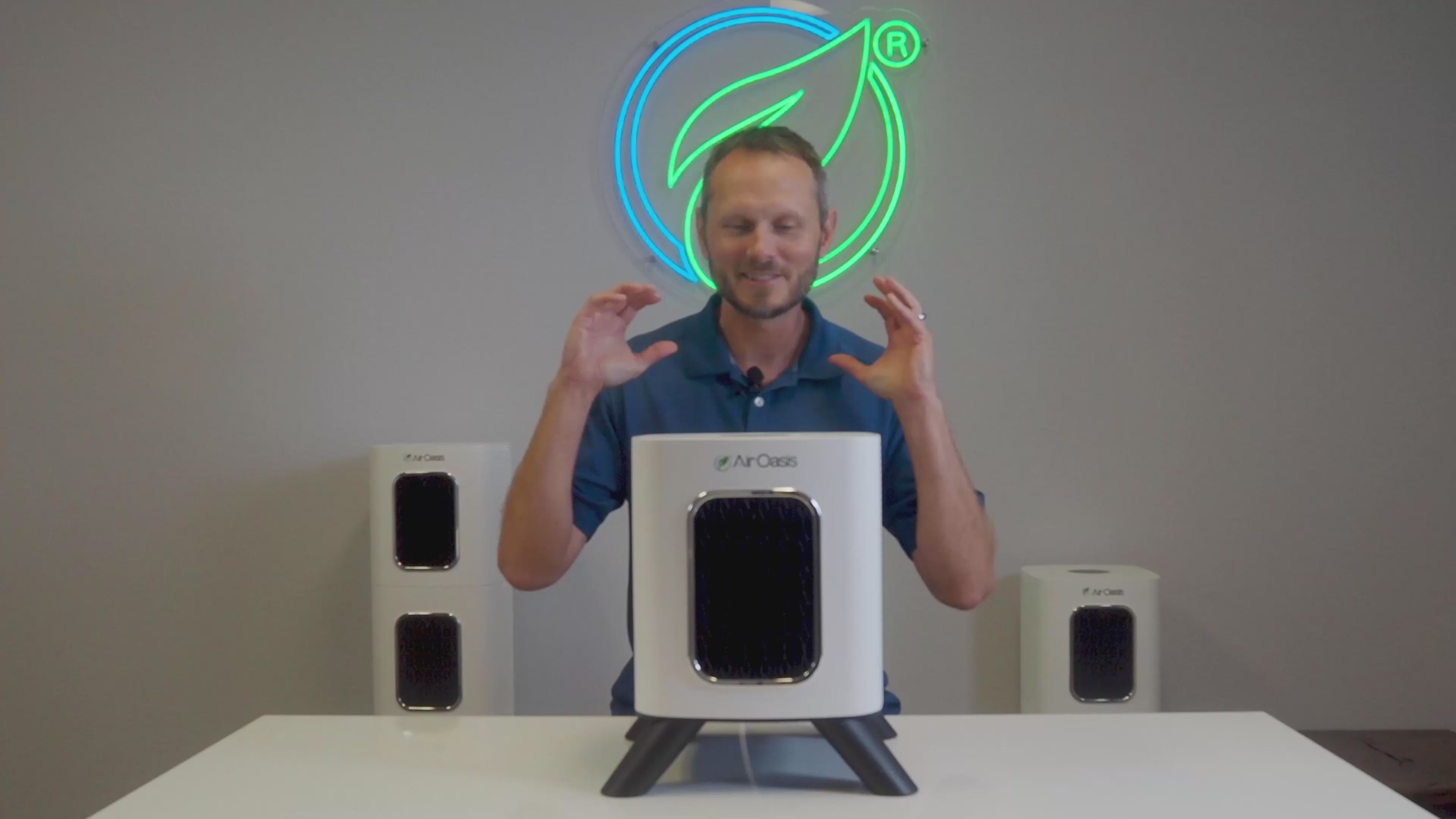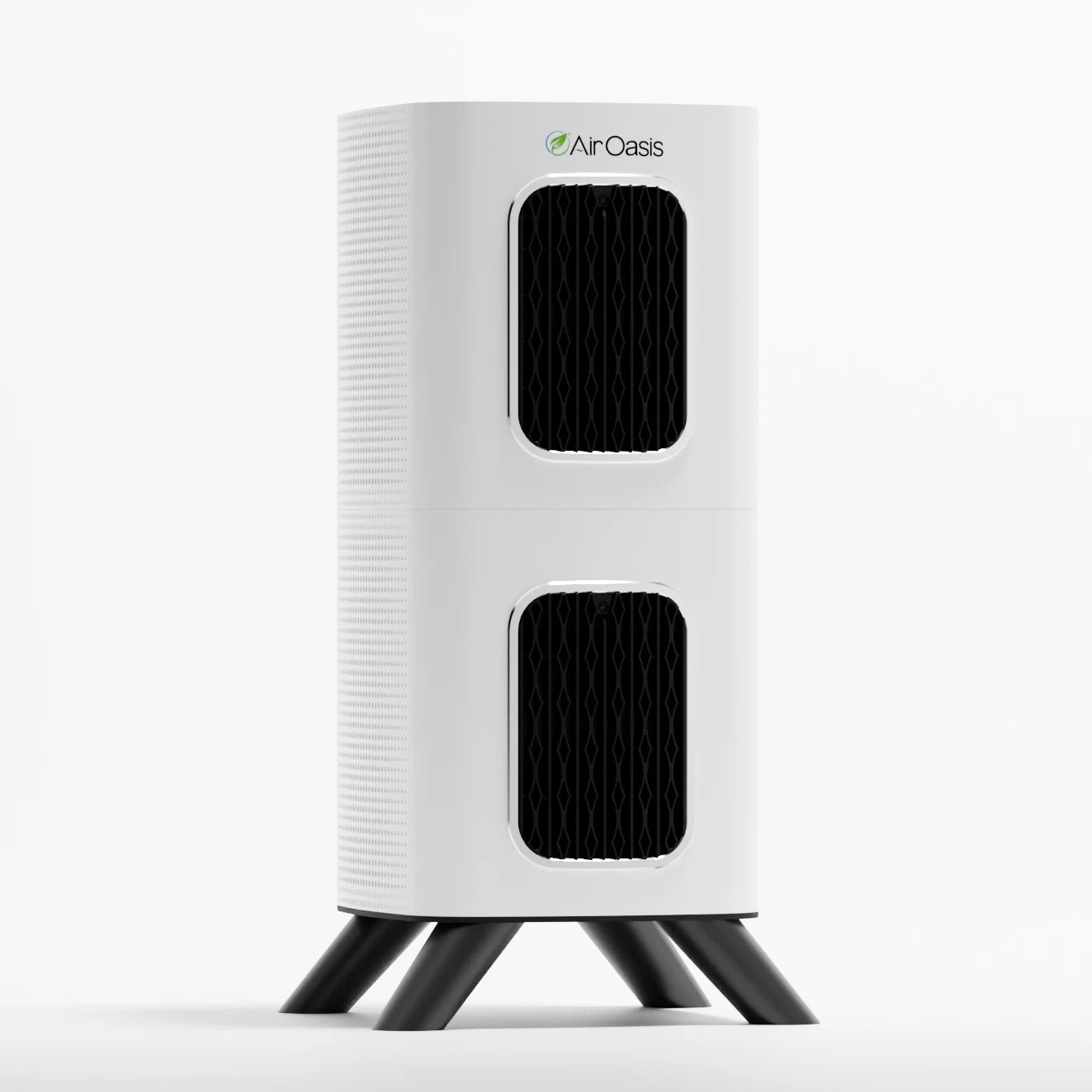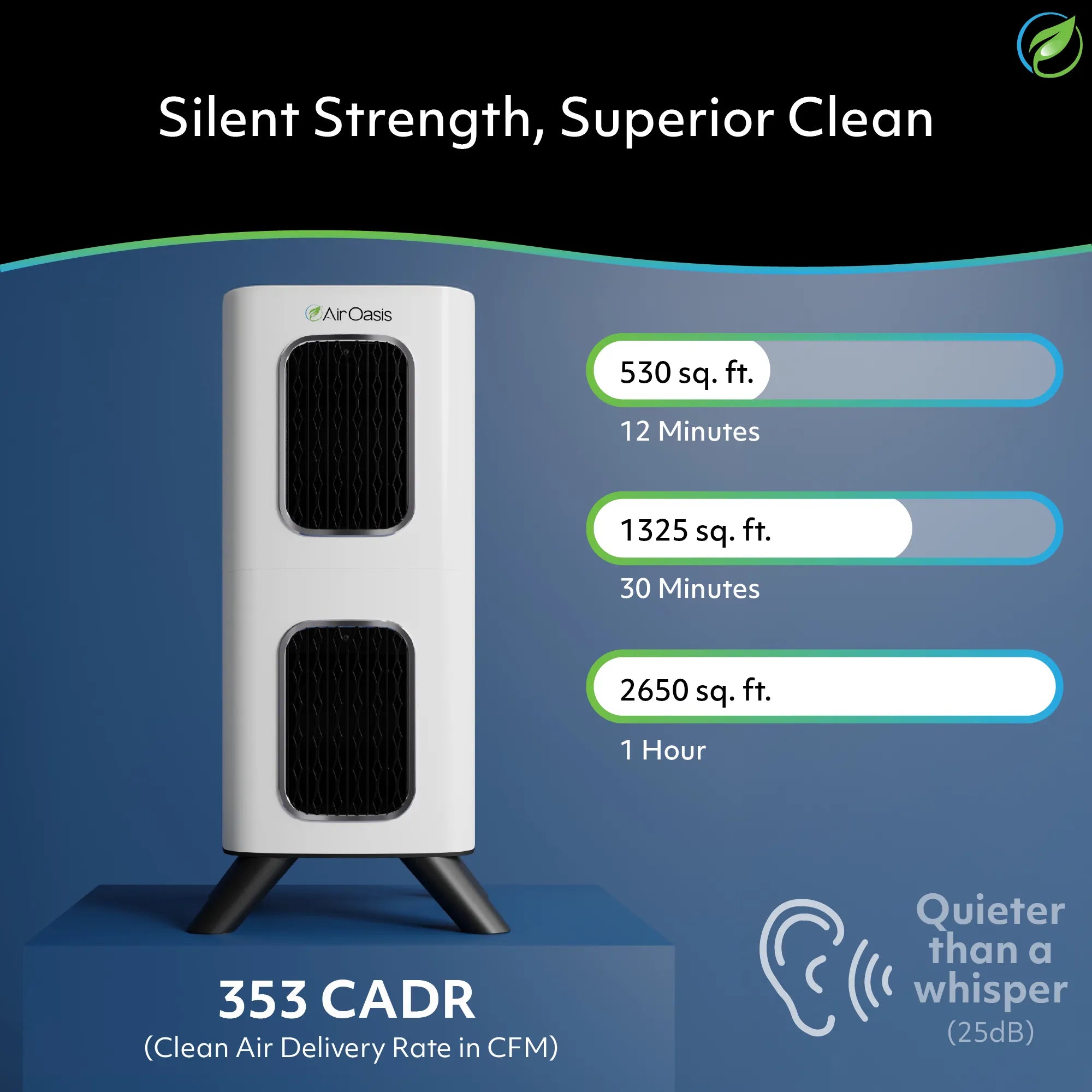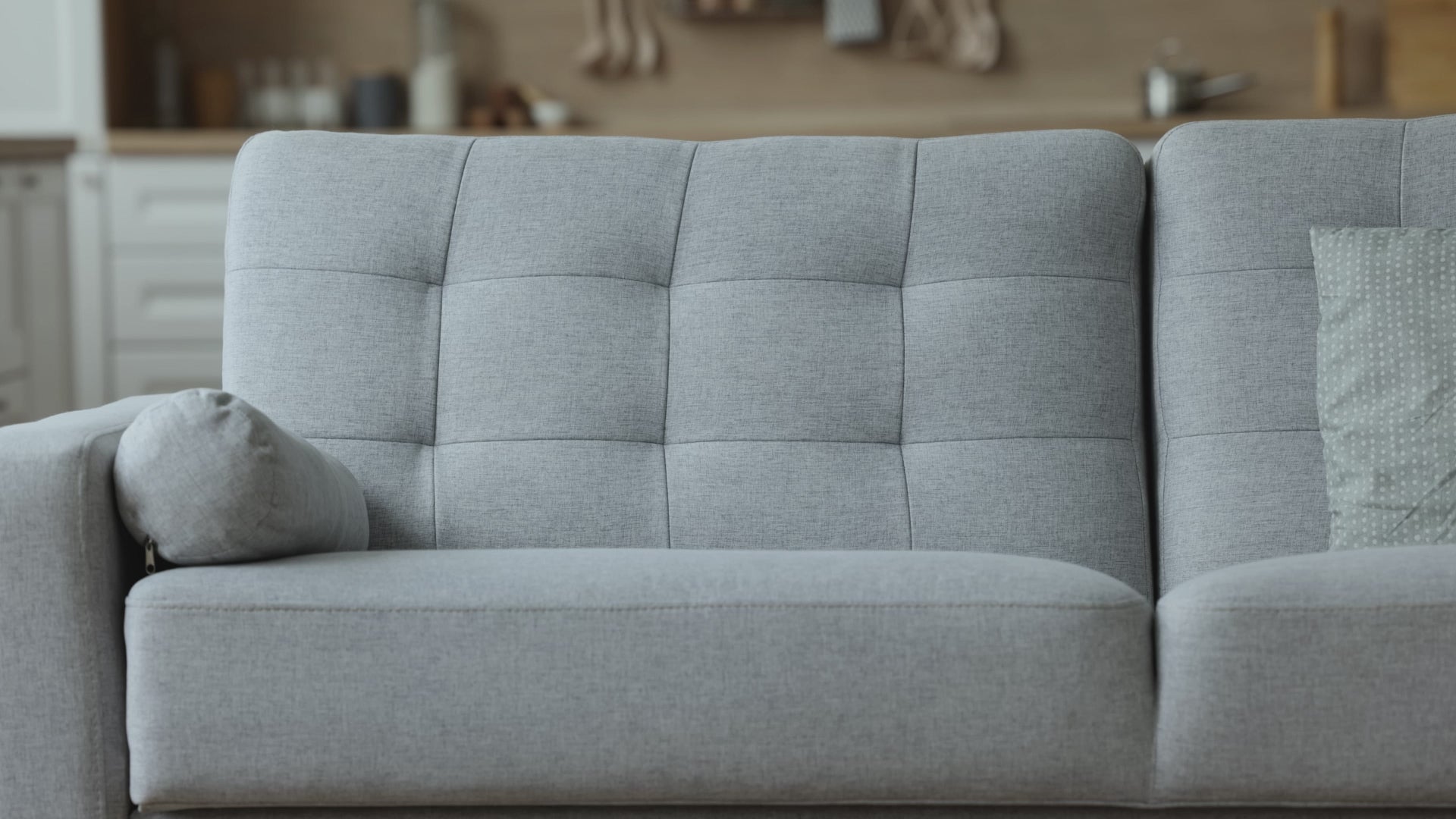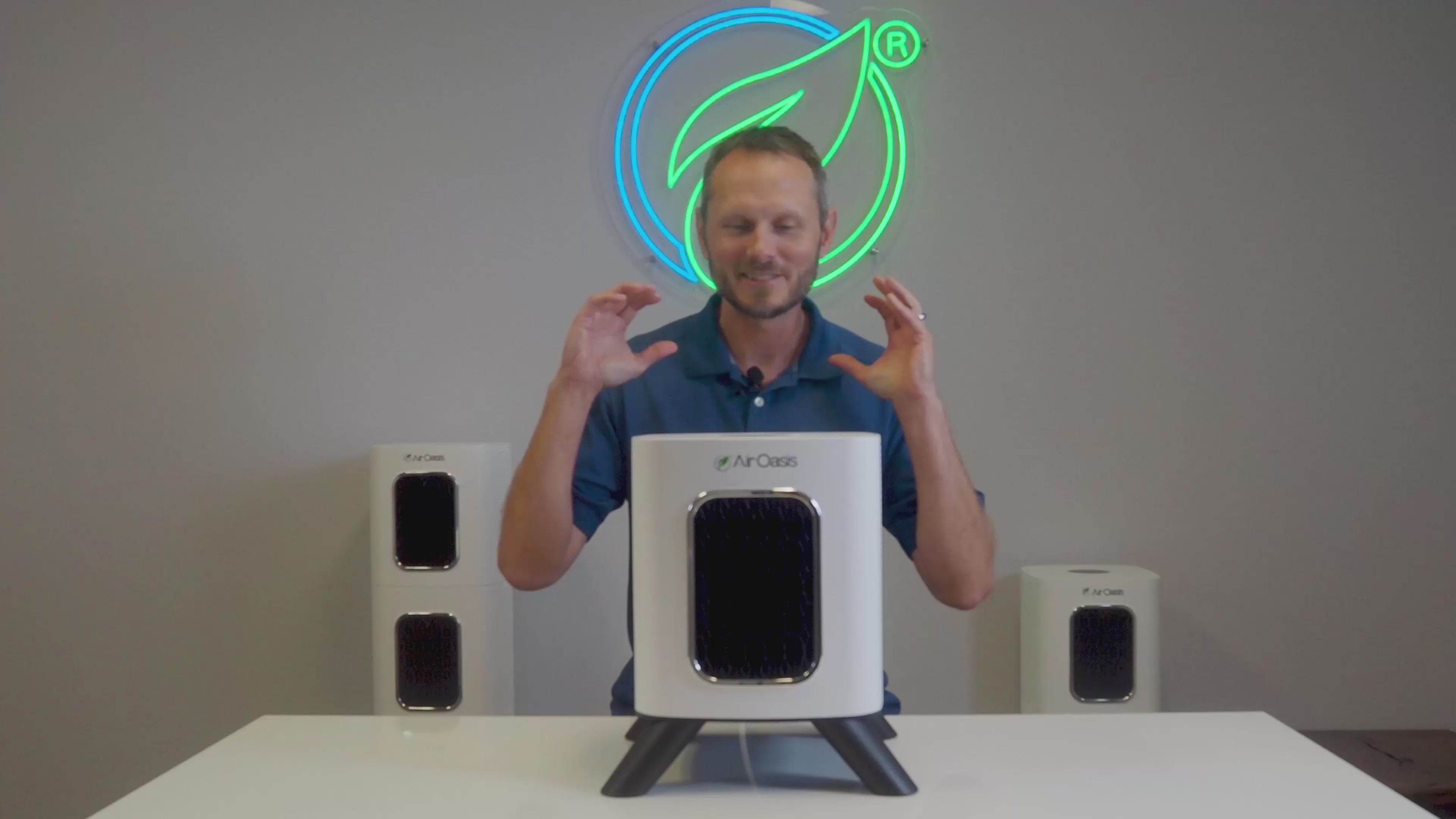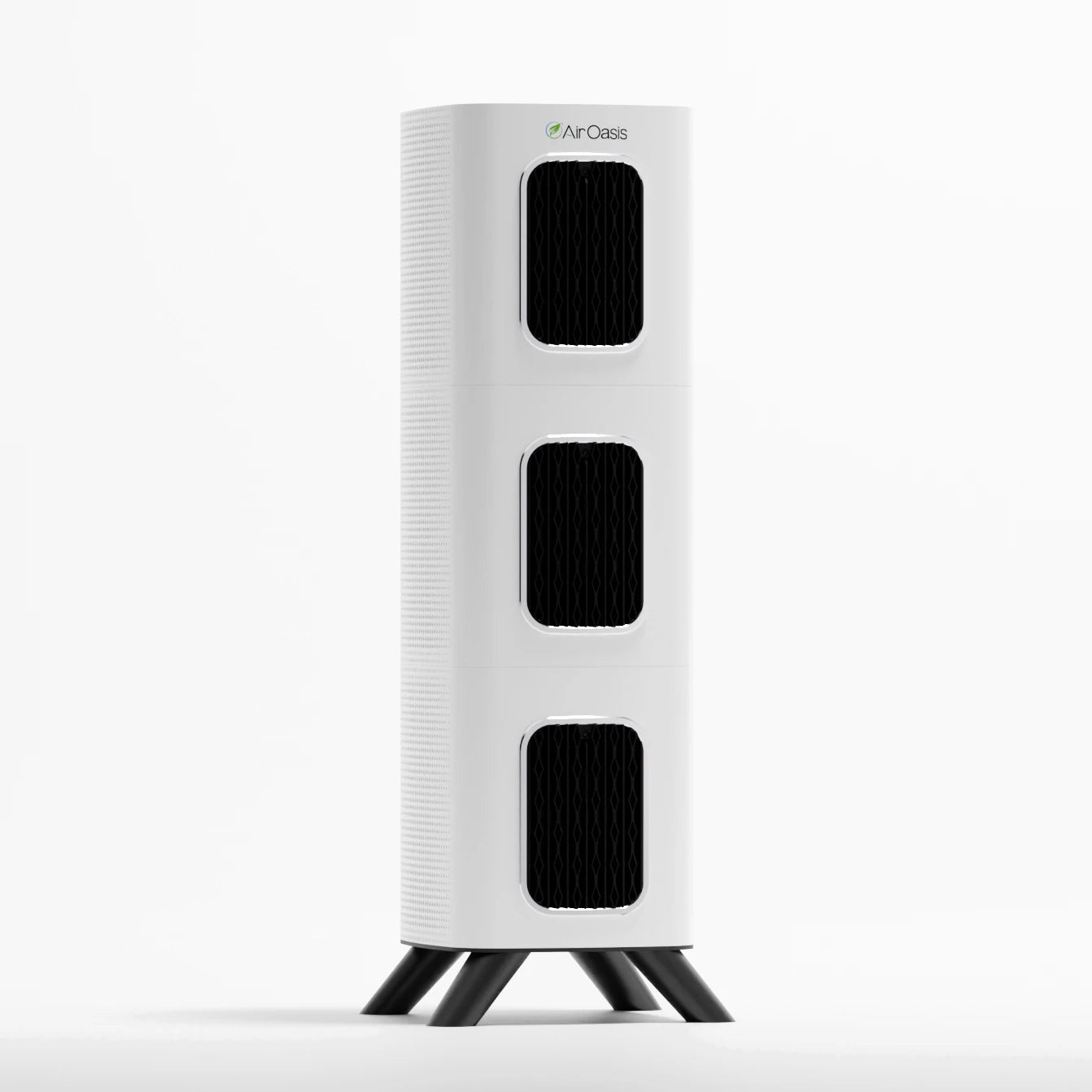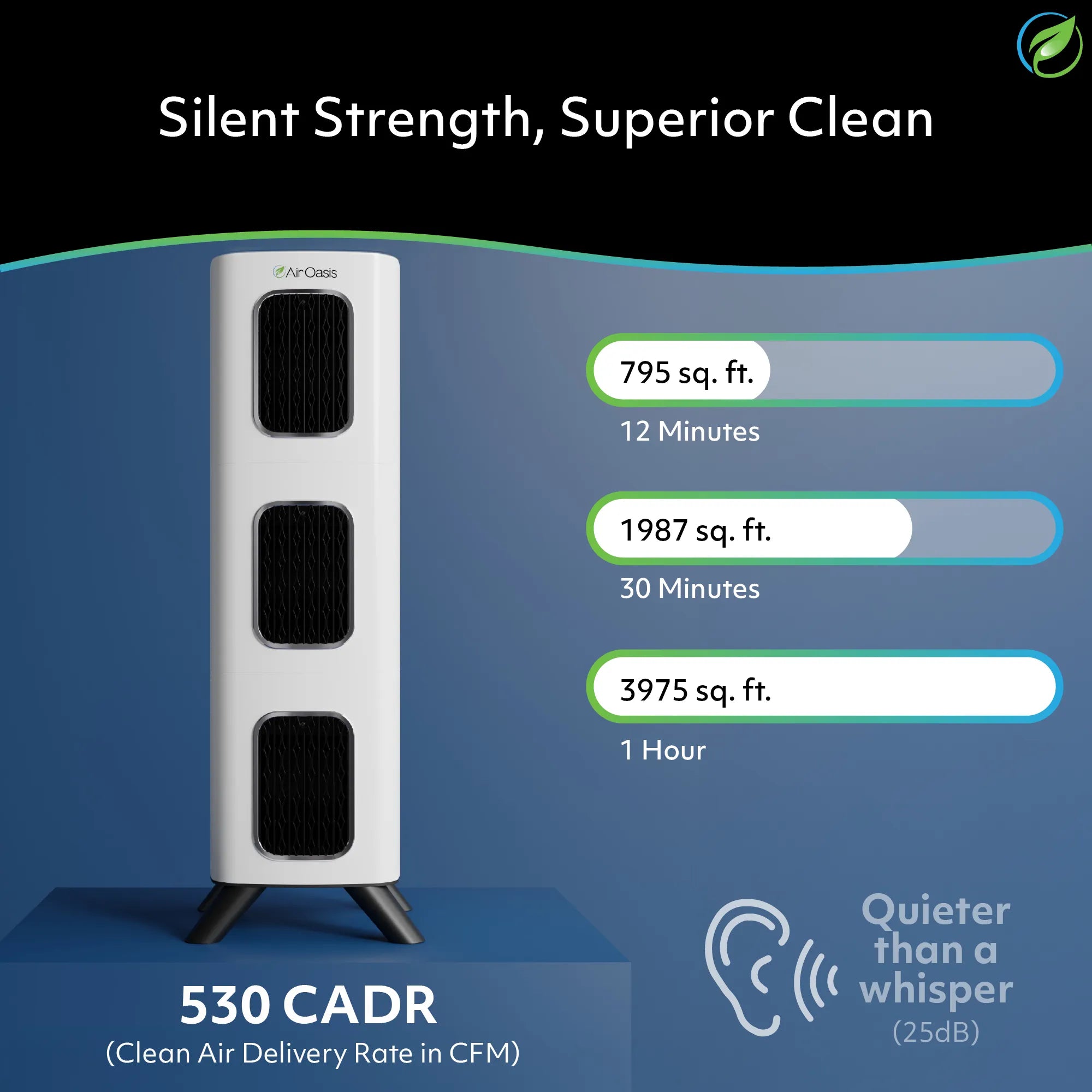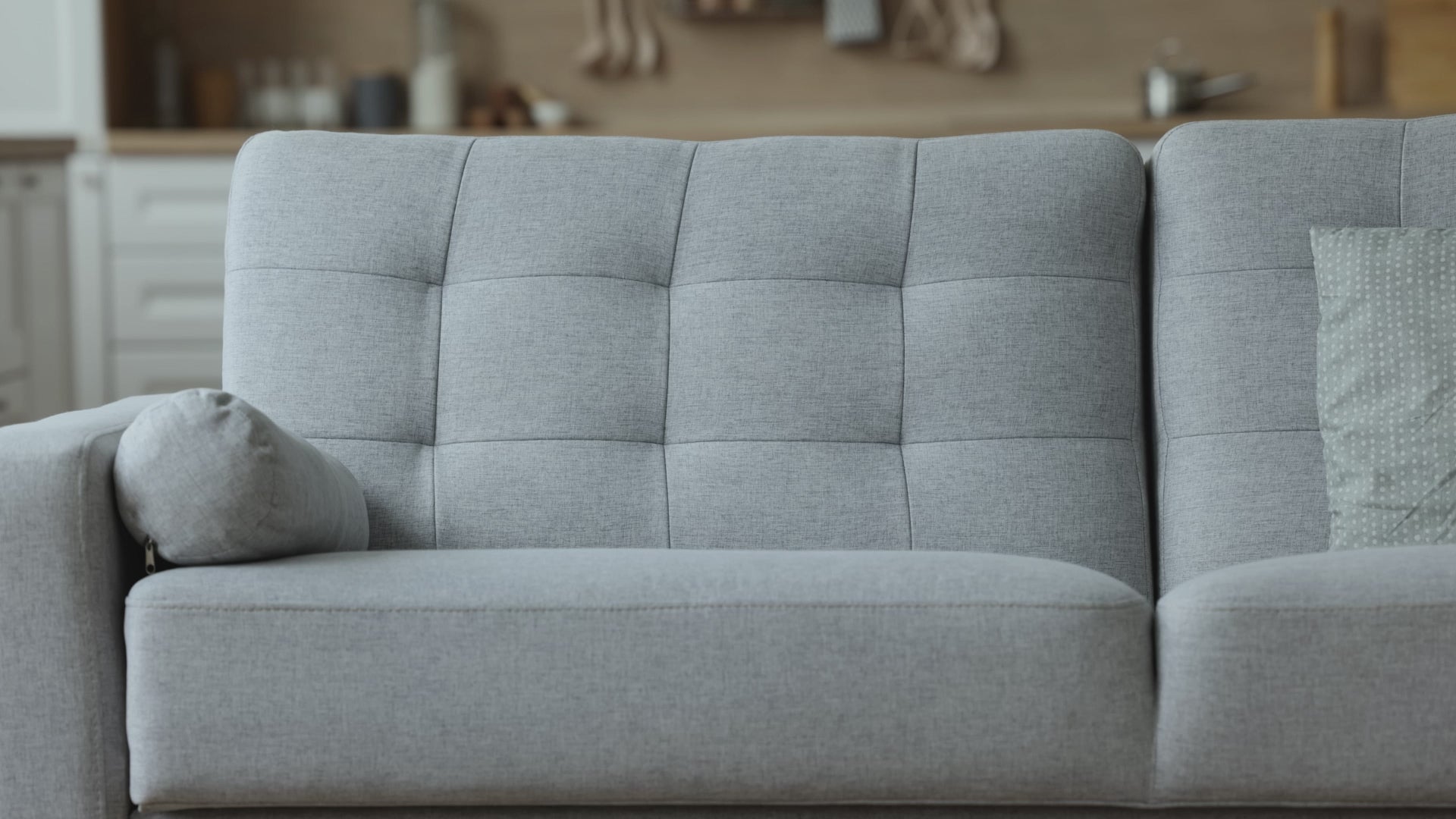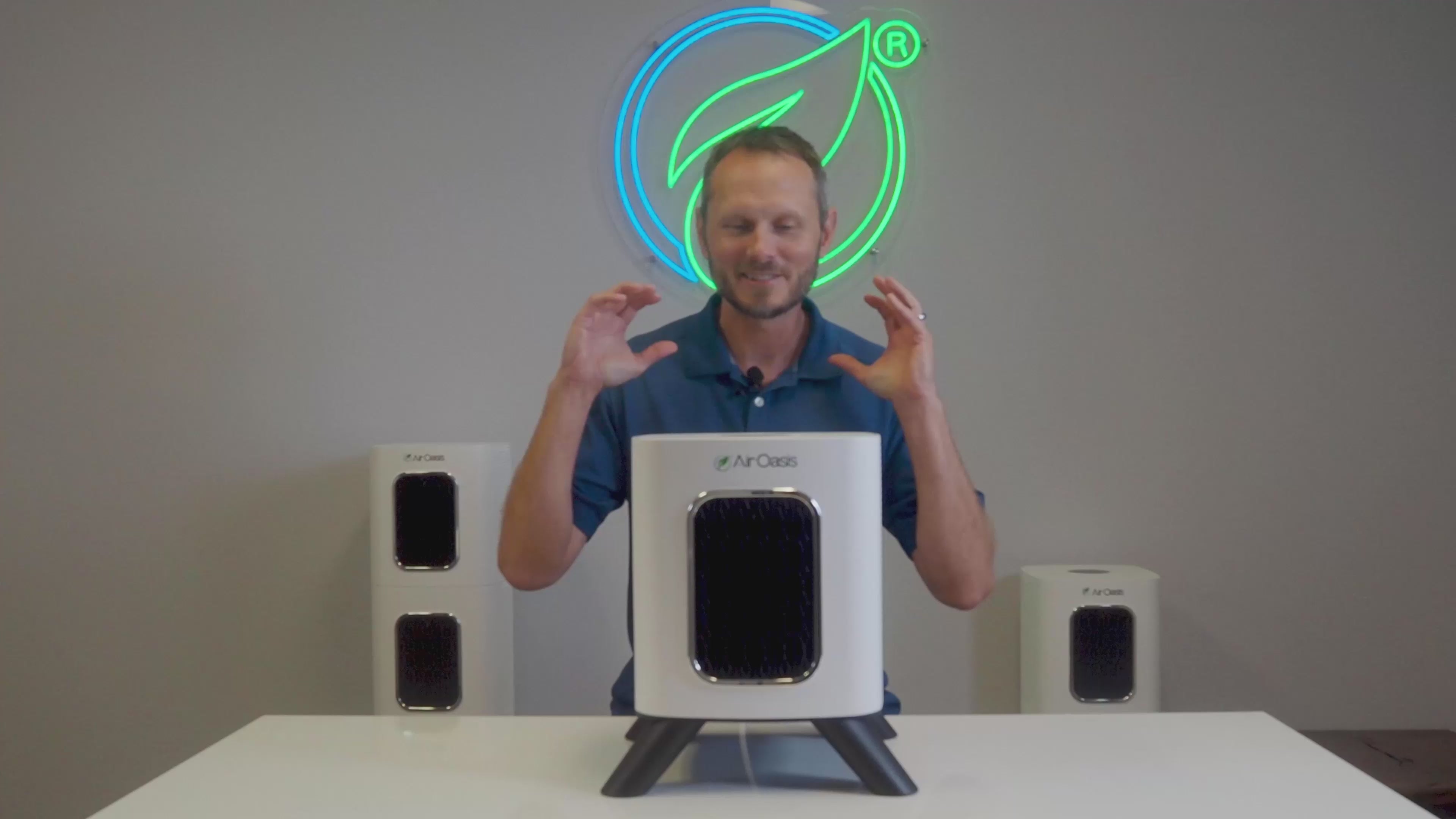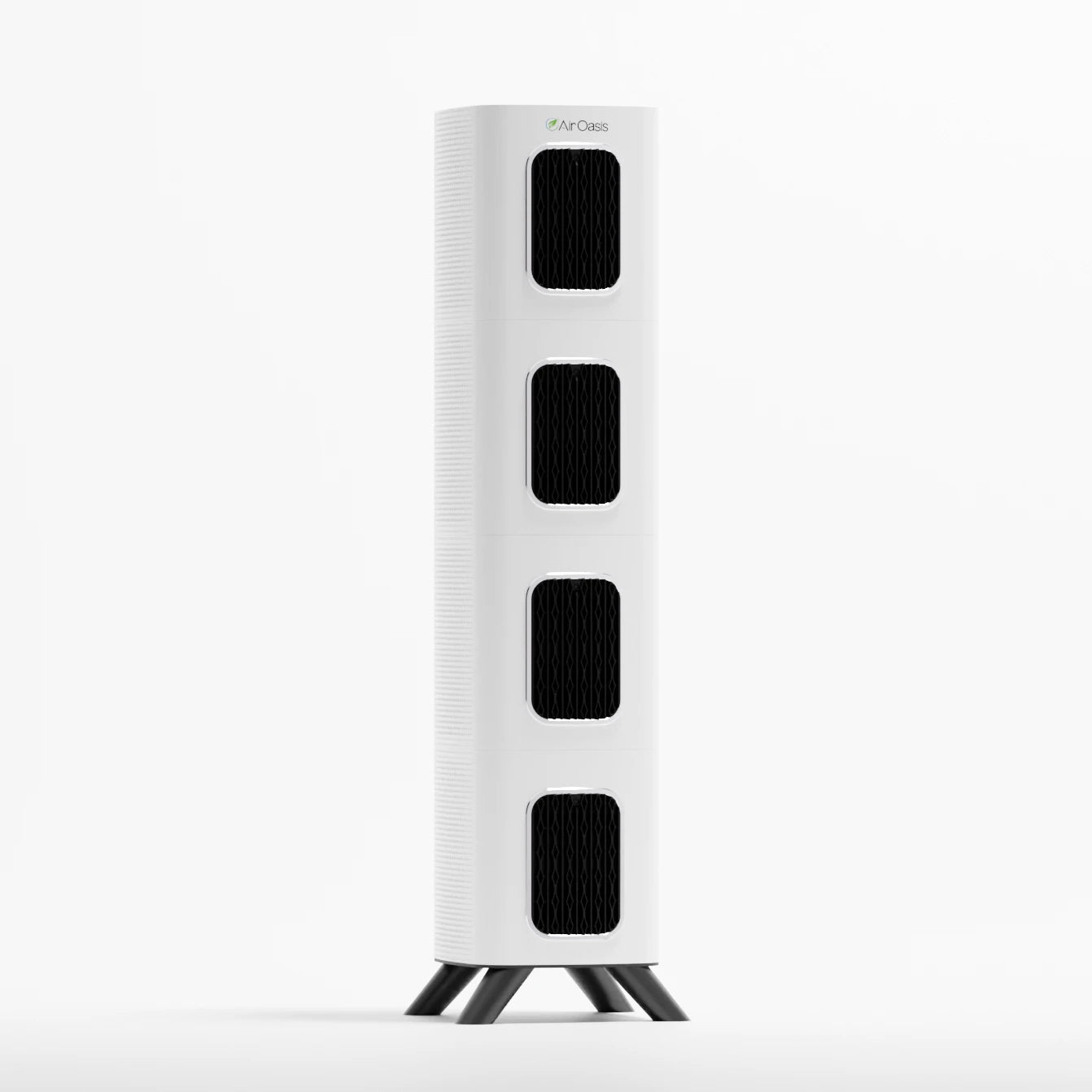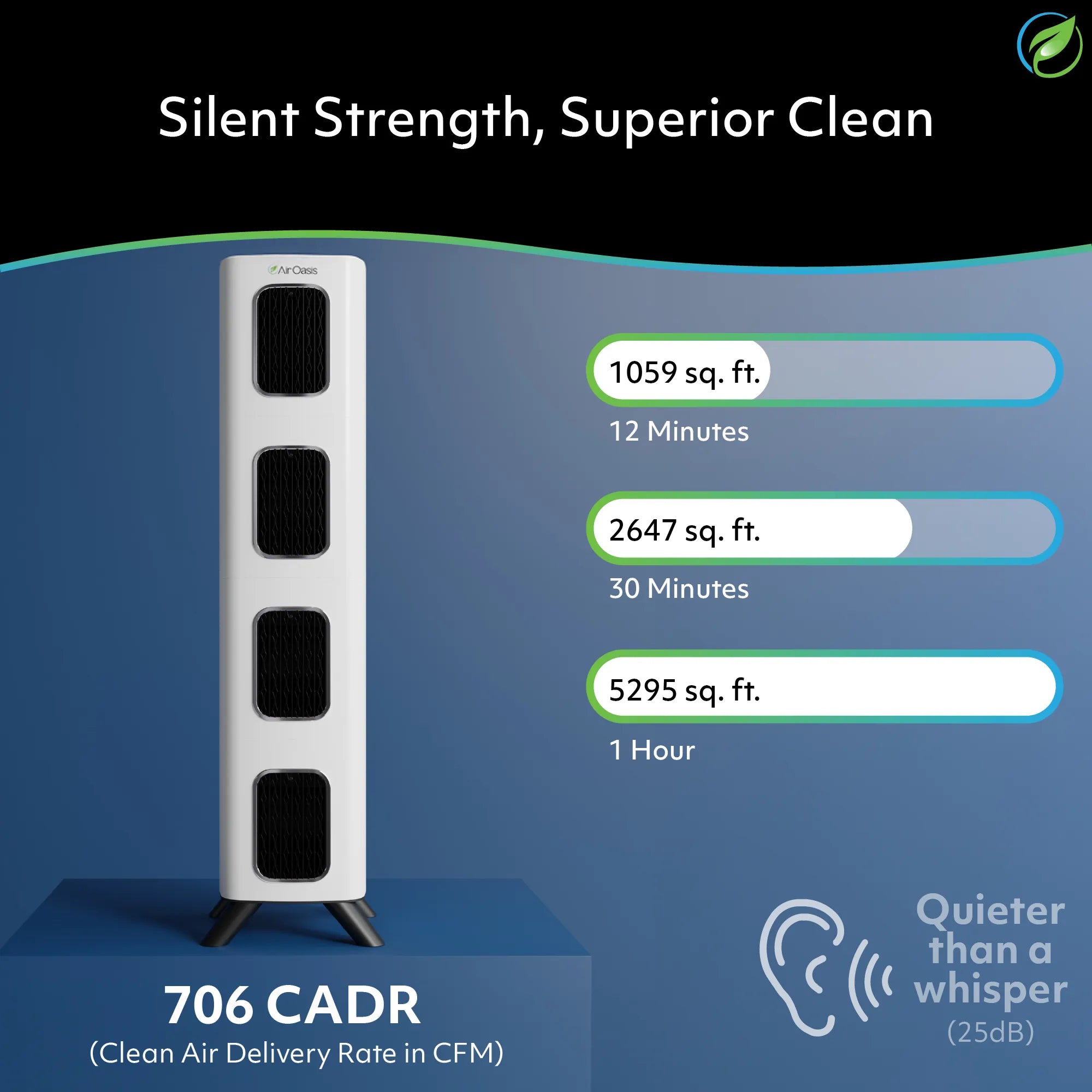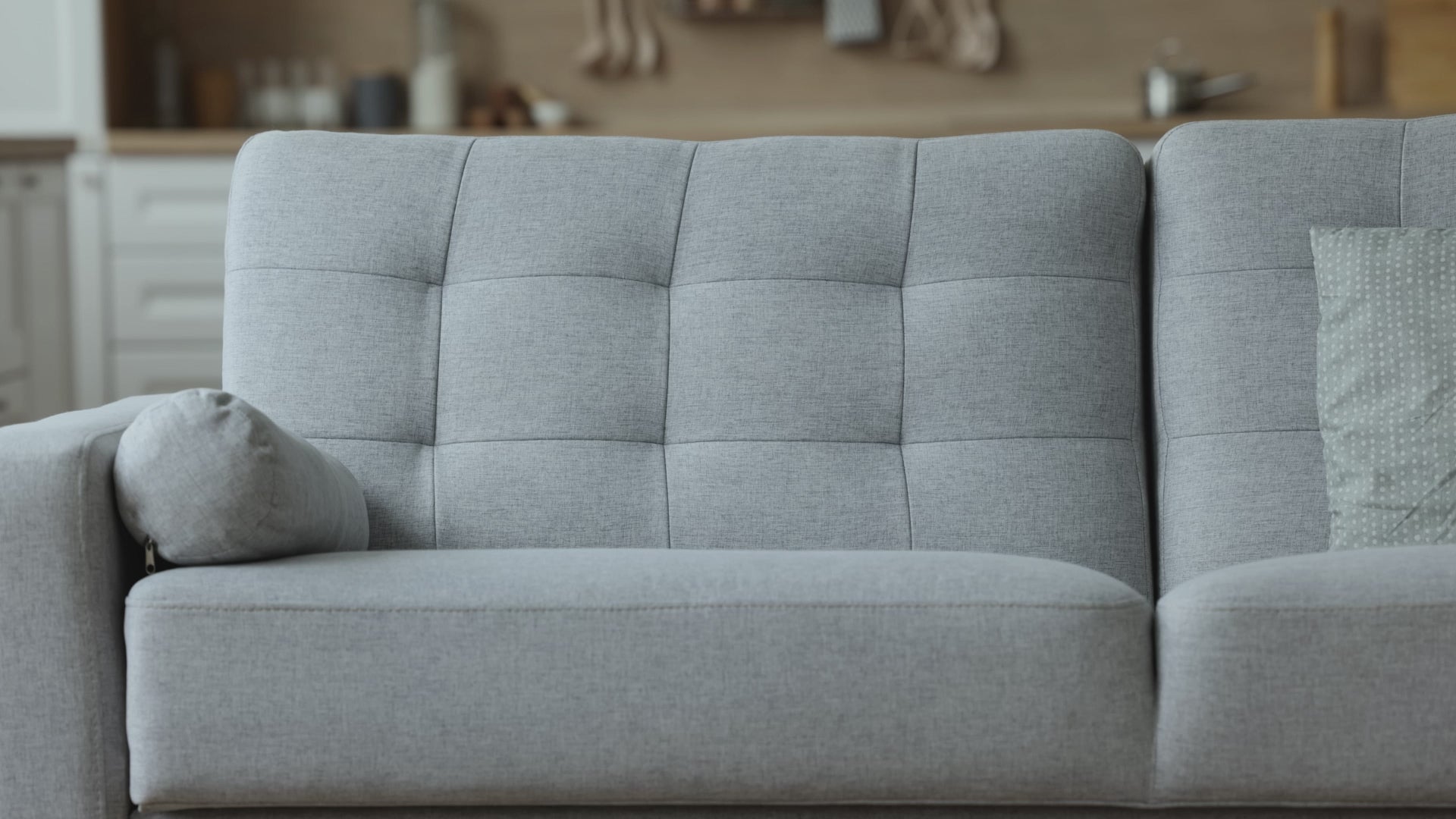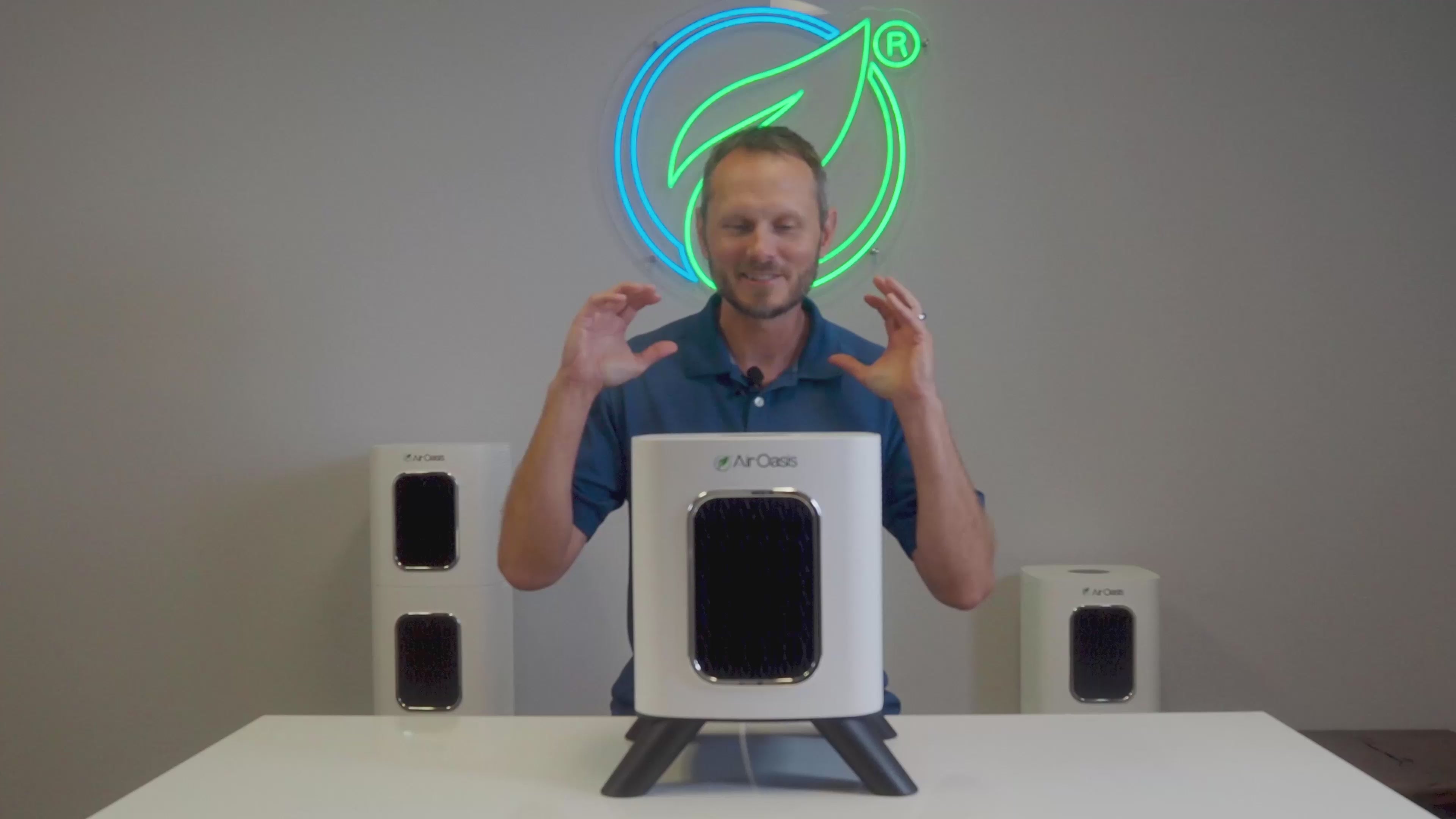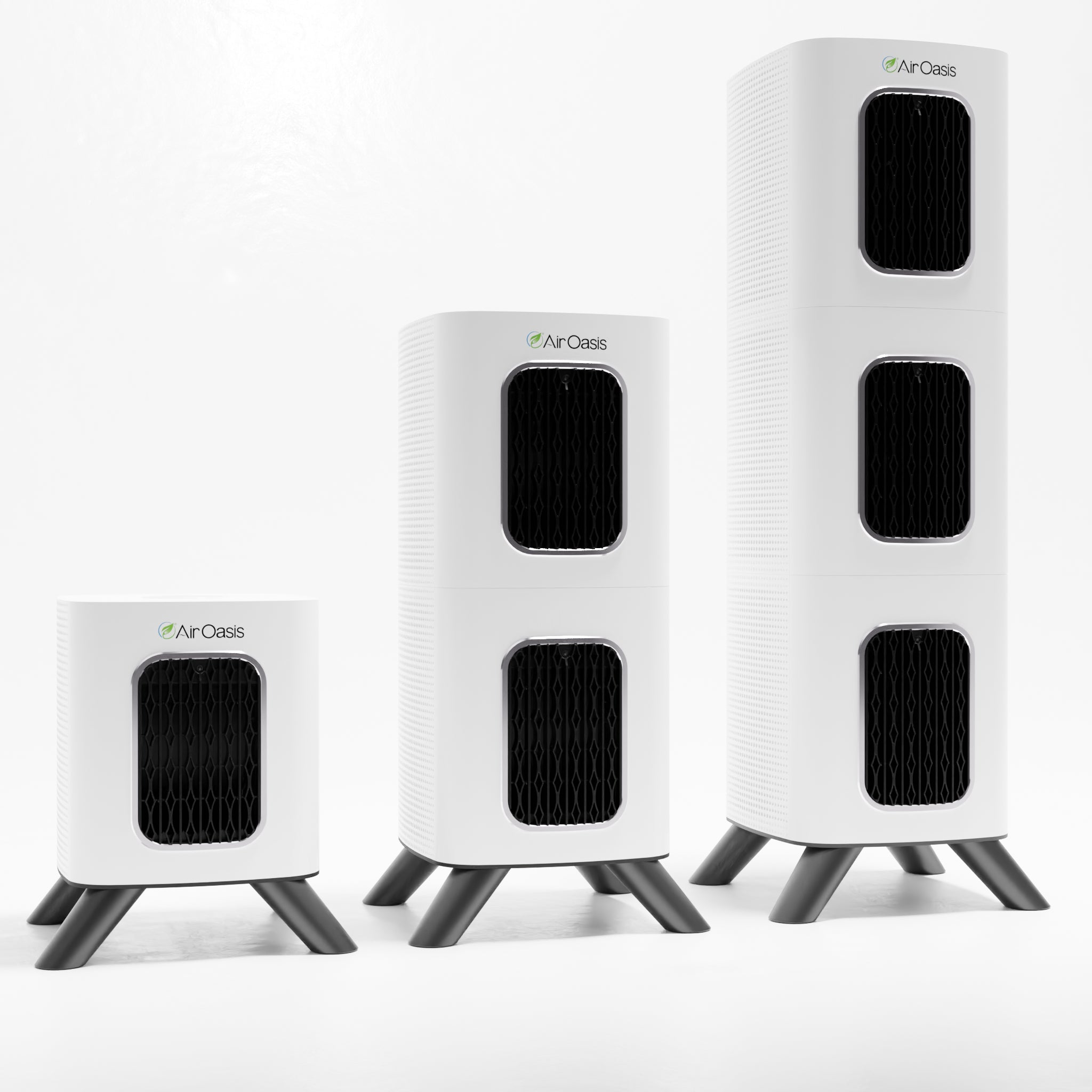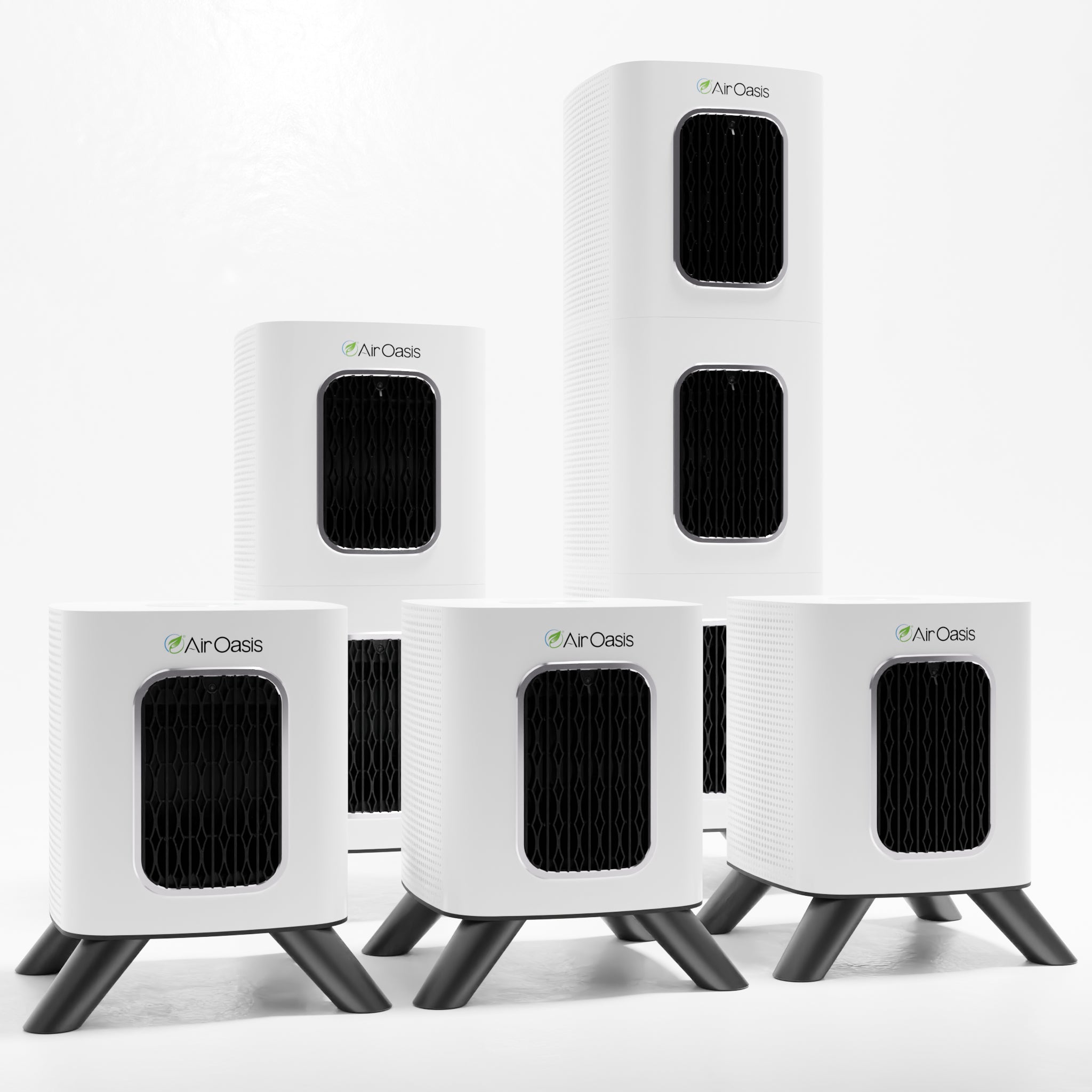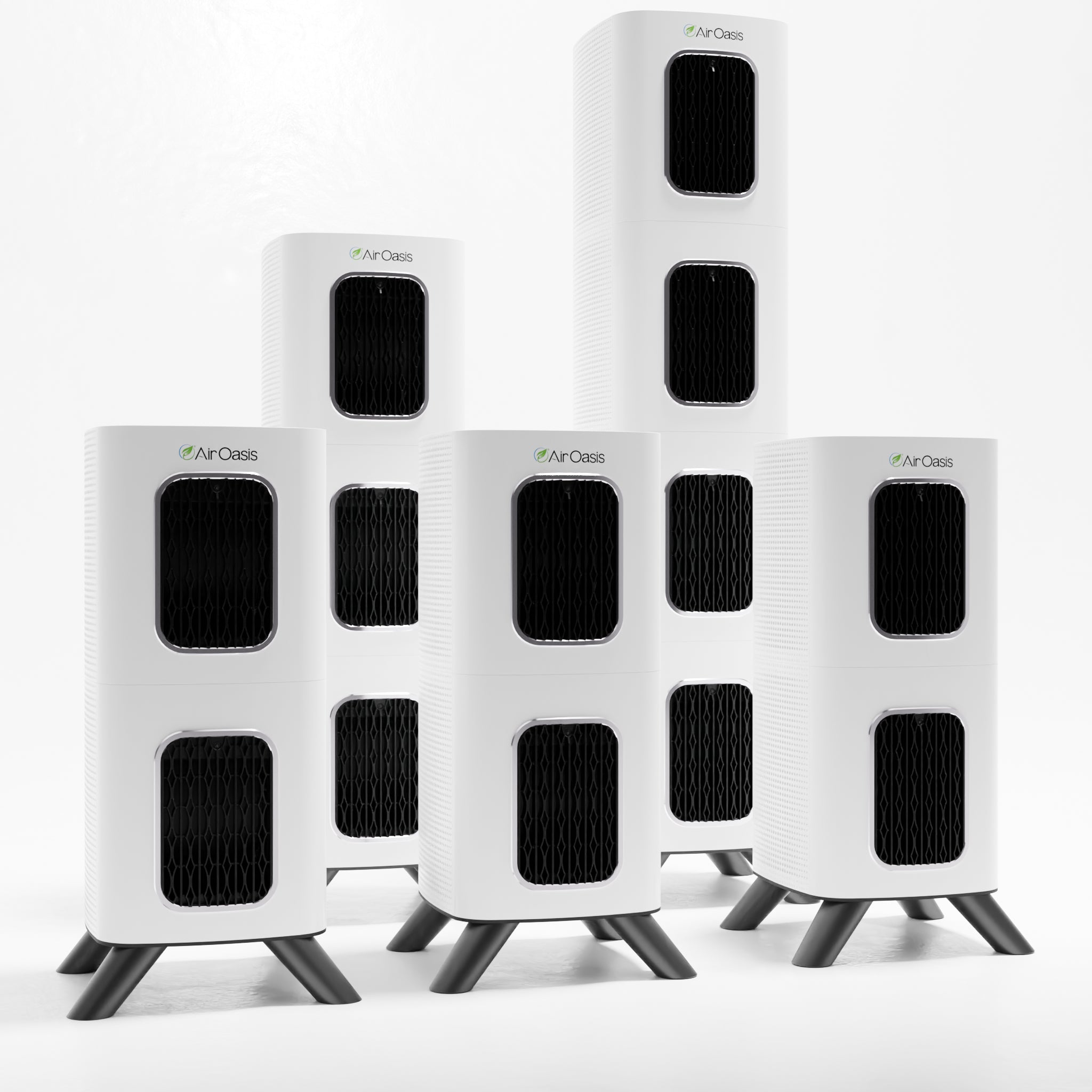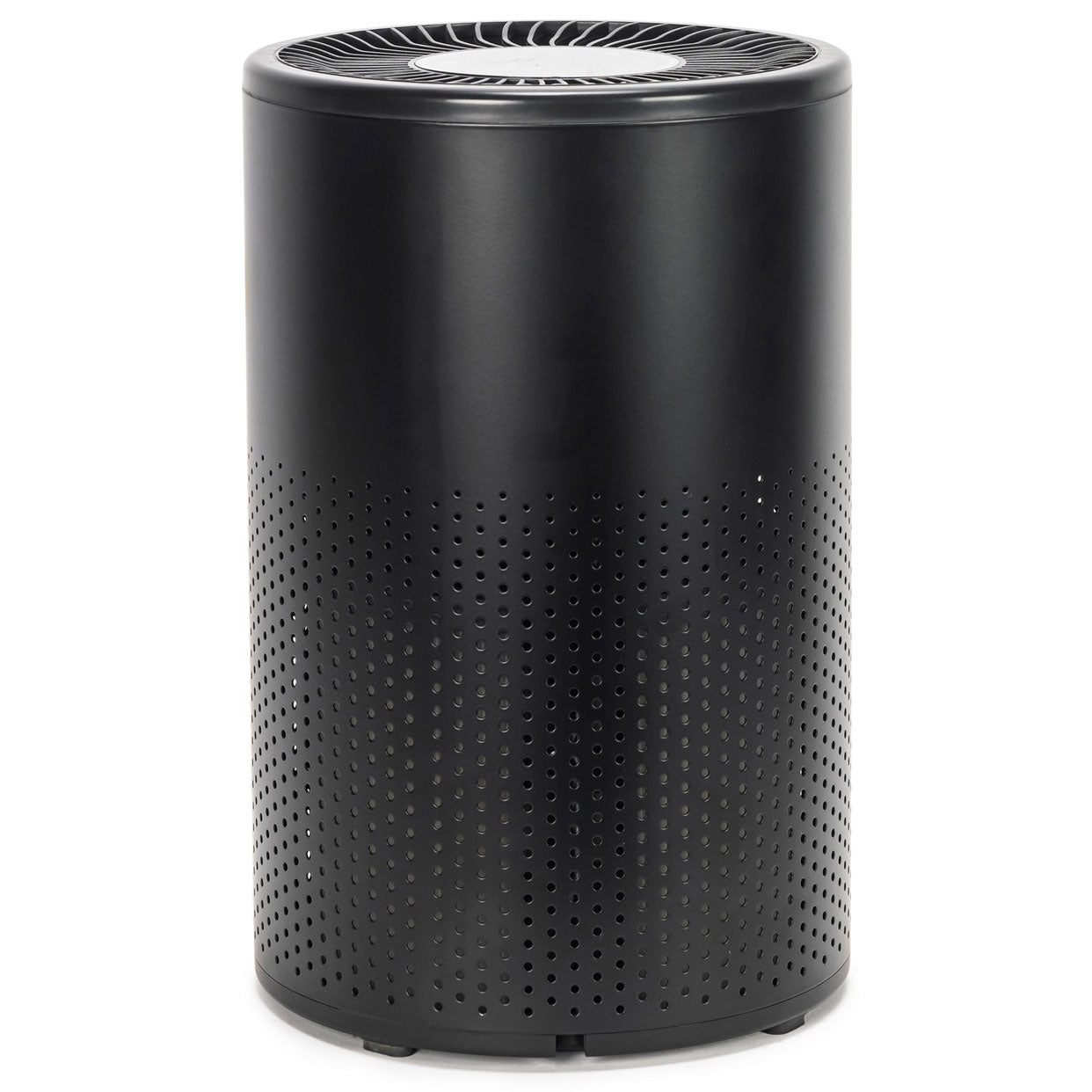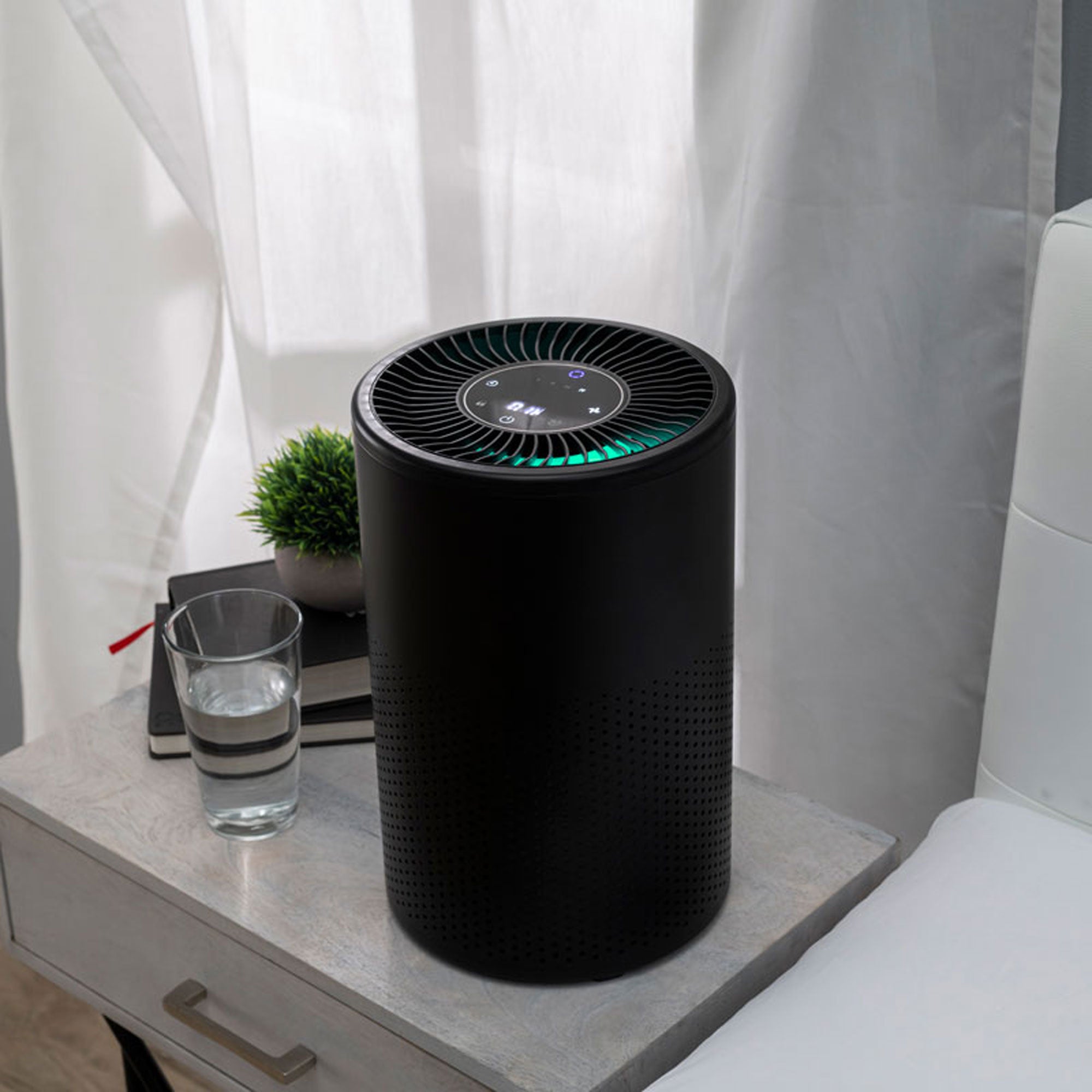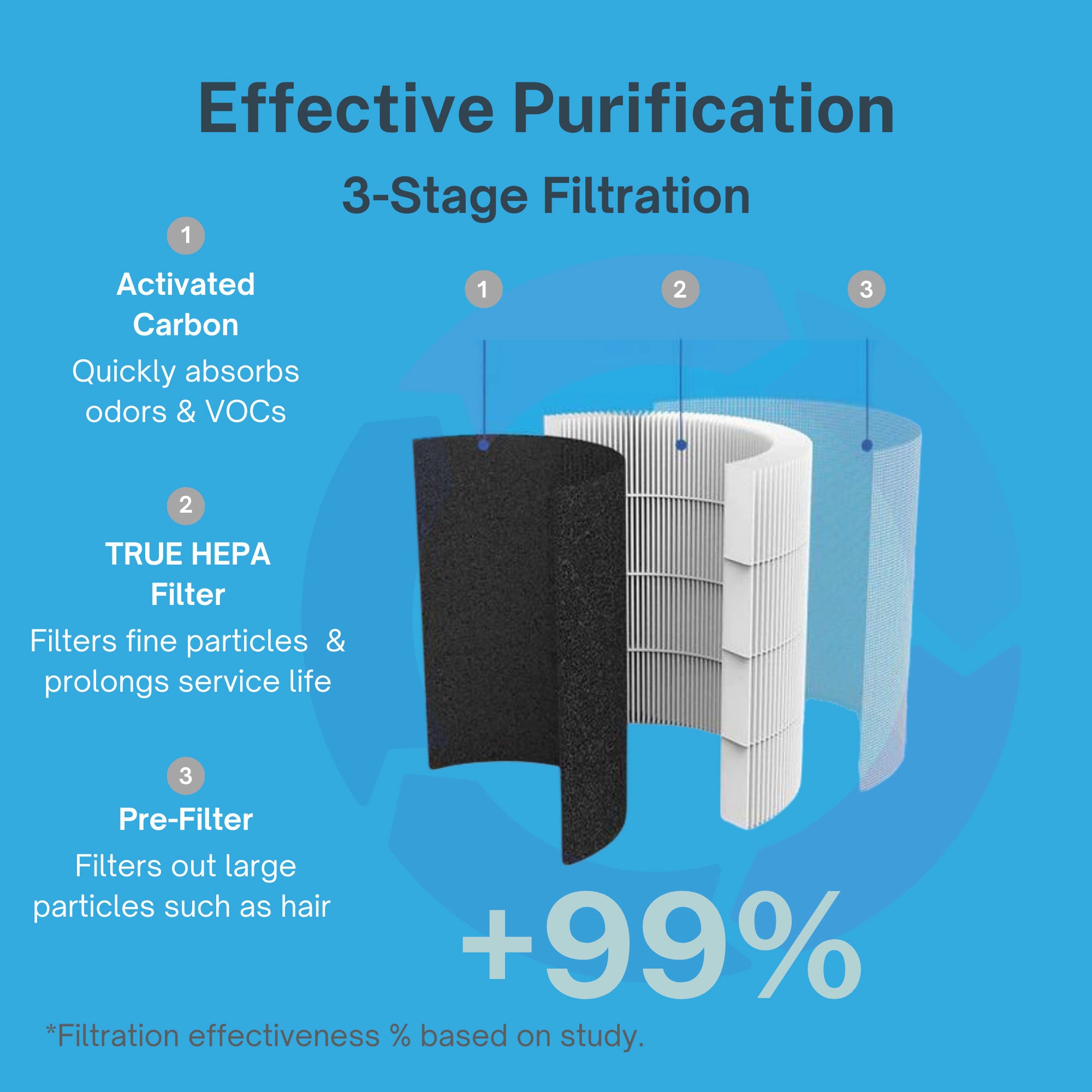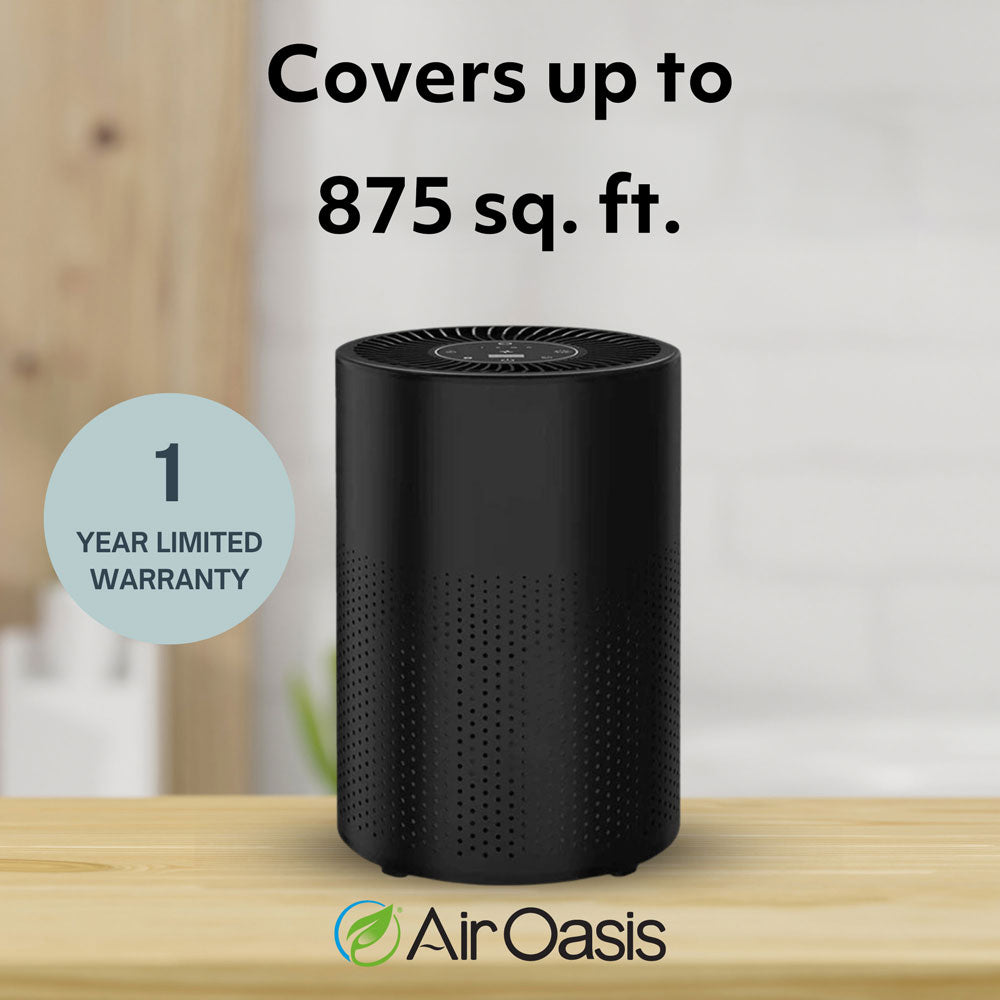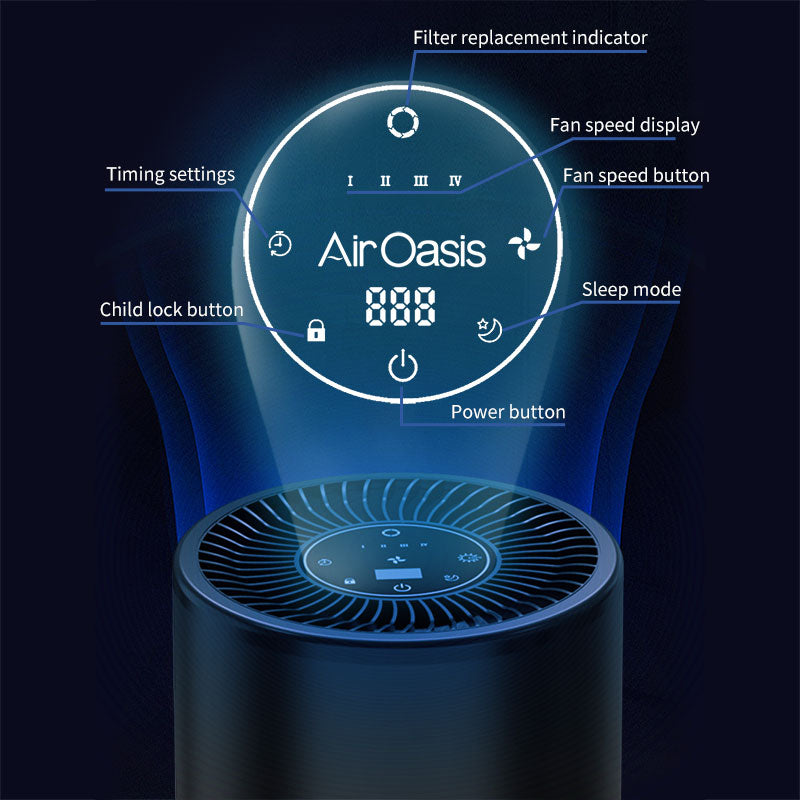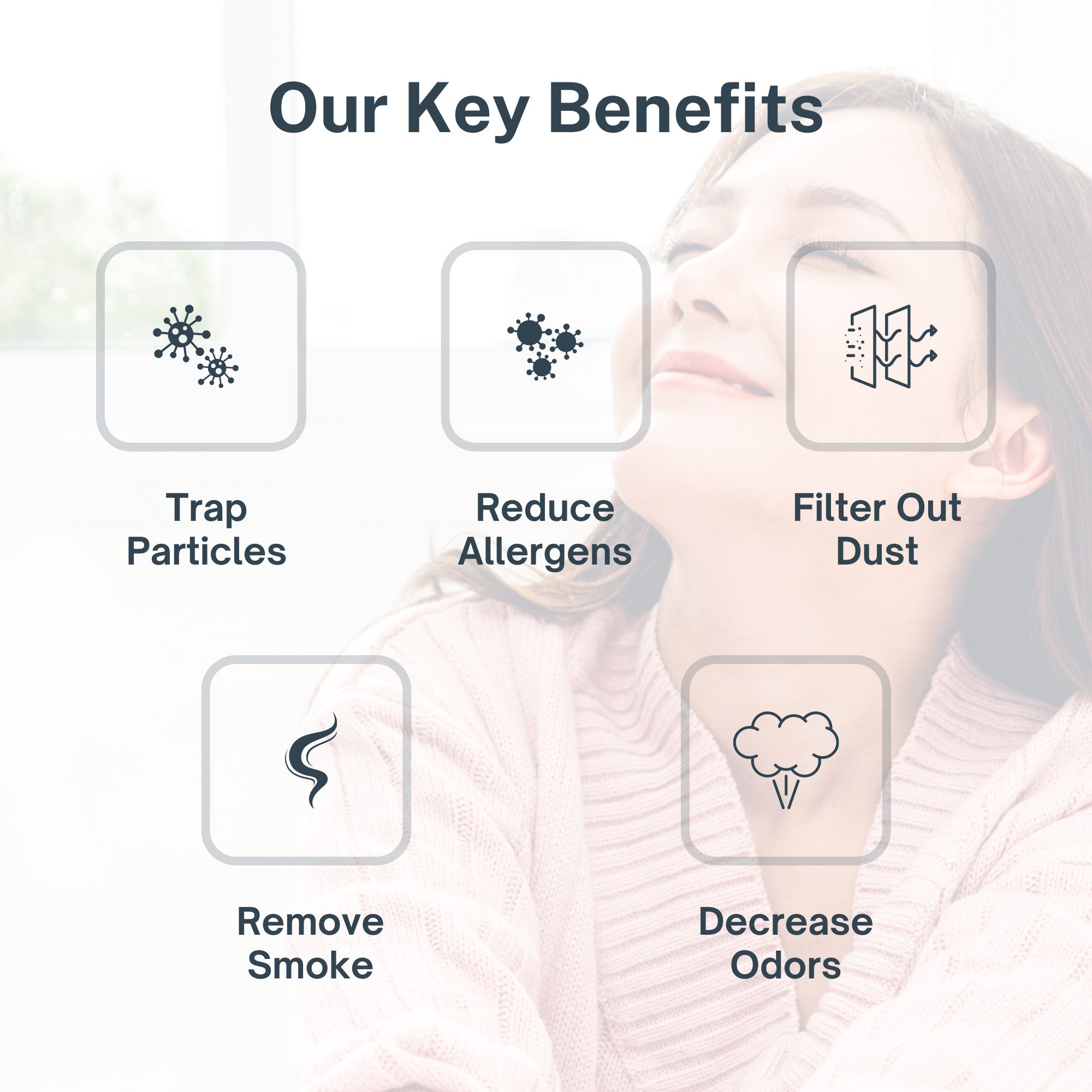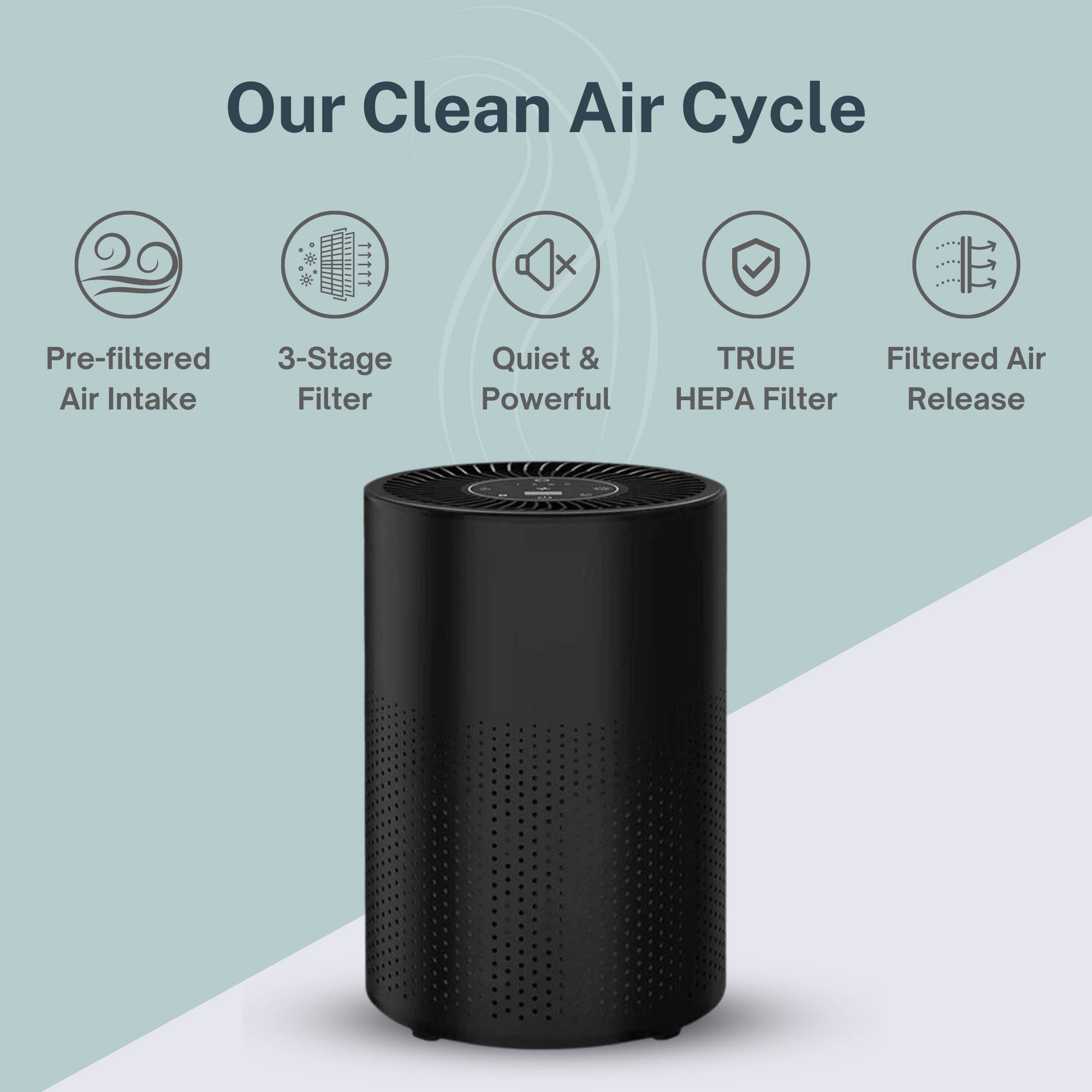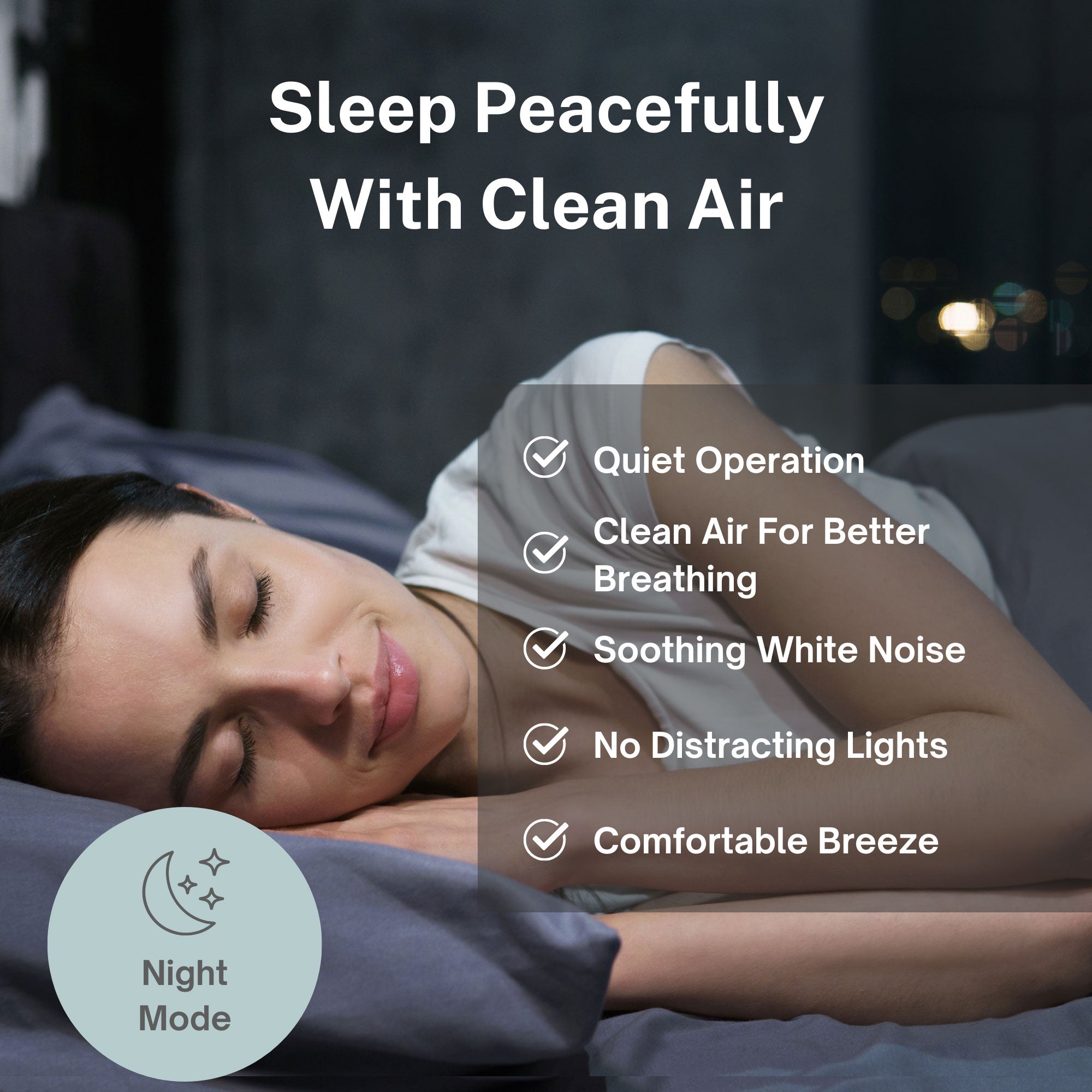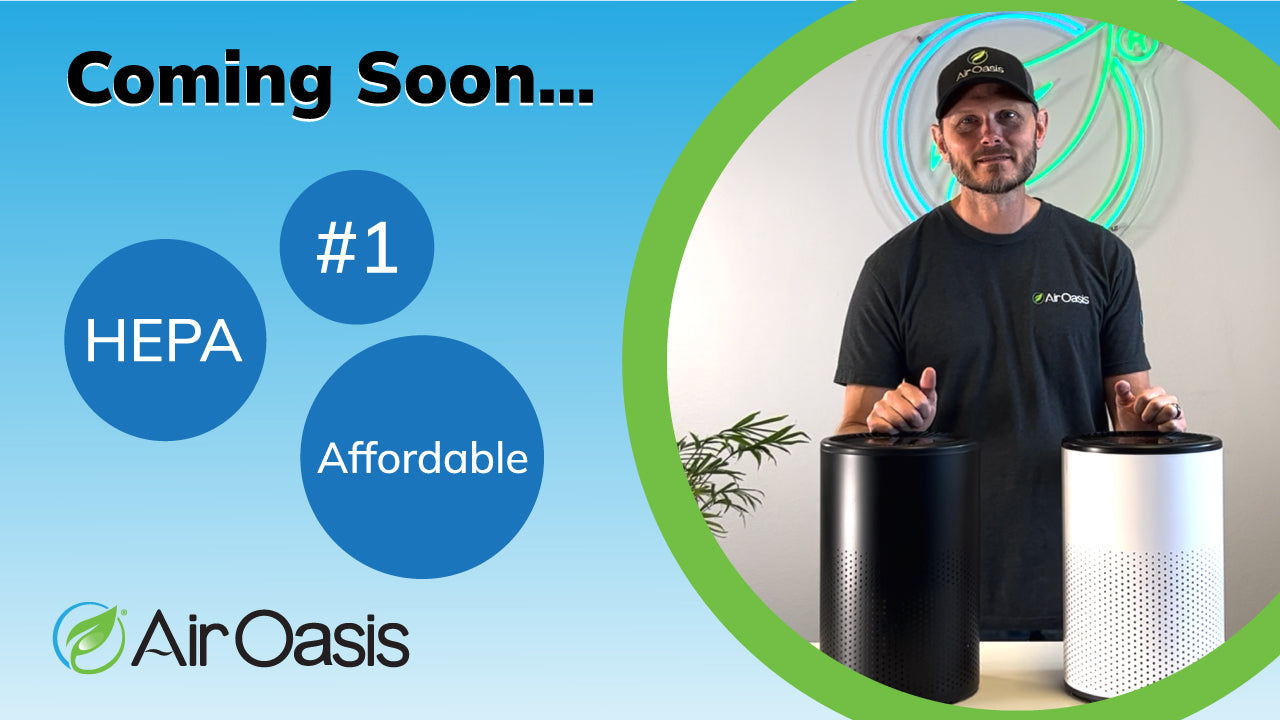Most people assume their home's air is clean simply because they can't see anything floating in it. The truth is far more concerning: indoor air can contain up to five times more pollutants than outdoor air, and every breath you take pulls in microscopic particles that affect your cognitive function, sleep quality, and long-term wellness. Understanding air purifier filtration isn't just about buying another appliance—it's about taking control of the environmental factors that directly impact your health optimization goals.
What Makes HEPA Filtration the Gold Standard
HEPA (High-Efficiency Particulate Air) filtration has earned its reputation as the benchmark for air purification technology. True HEPA filters must capture 99.97% of particles as small as 0.3 microns—a size that includes most allergens, bacteria, and fine dust. According to the EPA, proper filtration is one of the most effective ways to reduce indoor air pollutants that contribute to respiratory issues and cognitive decline.
The distinction between True HEPA and "HEPA-type" filters matters significantly. True HEPA filters undergo rigorous testing to meet strict standards, while HEPA-type filters may only capture 85-90% of particles. For health-conscious individuals serious about optimization, this 10-15% difference represents thousands of additional contaminants circulating through your living space daily. The filtration efficiency directly correlates to measurable health outcomes, from improved focus during work to deeper sleep recovery at night.
Understanding Particle Sizes and What HEPA Captures
Indoor air contains a complex mixture of particles ranging from visible dust to microscopic threats. Pollen particles measure 10-100 microns, pet dander ranges from 2.5-10 microns, mold spores fall between 3-40 microns, and bacteria can be as small as 0.3 microns. HEPA filtration targets this entire spectrum, creating a comprehensive defense system for your indoor environment.
The Air Oasis iAdaptAir system combines True HEPA filtration with additional technologies to address particles across all size ranges. Dust mites and their waste products—a major trigger for respiratory issues—measure 10-40 microns and are easily captured. Fine particulate matter (PM2.5), which penetrates deep into lung tissue and affects cardiovascular health, measures 2.5 microns or smaller. This is where high-quality HEPA filtration becomes essential for anyone committed to long-term wellness optimization.
Beyond HEPA: Multi-Stage Filtration Systems
While HEPA filters excel at capturing solid particles, they don't address gaseous pollutants like volatile organic compounds (VOCs). This is where activated carbon filtration becomes critical. VOCs off-gas from furniture, carpets, cleaning products, and building materials. According to research published by the National Institutes of Health, long-term VOC exposure contributes to headaches, fatigue, and reduced cognitive performance—exactly what health optimizers want to avoid.
Multi-stage filtration systems layer different technologies to address various contaminant types. Pre-filters capture large particles like hair and lint, extending the life of HEPA filters. Activated carbon filters use a porous structure to adsorb odors and chemical vapors. Some advanced systems incorporate UV-C light to neutralize pathogens and ionization to address ultrafine particles. This comprehensive approach ensures your indoor air quality supports rather than undermines your wellness goals.
Real-World Applications: What Filtration Removes From Your Home
Consider the pollutants you encounter daily. Cooking releases PM2.5, nitrogen dioxide, and acrolein—all respiratory irritants. New furniture off-gases formaldehyde for months after purchase. Outdoor pollution infiltrates through doors, windows, and ventilation systems, bringing traffic emissions and industrial contaminants into your sanctuary. Even "green" cleaning products release terpenes that react with ozone to create secondary pollutants.
Quality filtration systems address these real-world scenarios. When you sauté vegetables, HEPA filters capture the cooking particulates while carbon filters absorb the odors and gaseous compounds. During wildfire season, multi-stage filtration protects your respiratory system from smoke particles and chemical irritants. For those working from home, proper air purification maintains the cognitive clarity needed for peak performance. The Air Oasis approach to filtration recognizes that health optimization requires addressing the full spectrum of indoor air contaminants.
Optimizing Your Indoor Air: Taking Action for Better Health
Understanding air purifier filtration empowers you to make informed decisions about your indoor environment. Look for True HEPA certification, not marketing language that suggests similar performance. Evaluate the Clean Air Delivery Rate (CADR) to ensure the system matches your room size. Consider your specific exposure risks—pet owners need robust particle filtration, while those with chemical sensitivities should prioritize activated carbon capacity.
The connection between air quality and wellness is undeniable. Every breath either supports your health goals or works against them. Proper filtration removes the invisible barriers to optimal cognitive function, restorative sleep, and immune resilience. If you're committed to creating an environment where your body can perform at its best, invest in proven air purification technology. Shop Air Oasis today and give yourself the foundation for better health through cleaner air.
Frequently Asked Questions About Air Purifier Filtration
Here are some answers to additional Qs you may have.
How often should I replace HEPA filters?
Most HEPA filters need replacement every 6-12 months depending on usage and air quality. Systems with filter life indicators take the guesswork out of maintenance.
Can air purifier filtration remove viruses?
True HEPA filters capture 99.97% of particles down to 0.3 microns, which includes most airborne viruses. Some systems add UV-C technology for additional pathogen neutralization.
What's the difference between HEPA and activated carbon filters?
HEPA filters capture solid particles like dust and pollen, while activated carbon filters absorb gaseous pollutants like VOCs and odors. Comprehensive air purification requires both.
Do air purifiers help with sleep quality?
Yes. By removing allergens and irritants that cause congestion and respiratory disturbances, quality air purification supports deeper, more restorative sleep.


